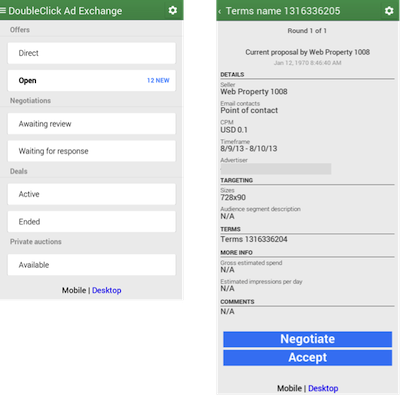Publishers are the lifeblood of the web. Local news providers in particular play vital role in our society, helping us stay in touch with our communities and keep up to date on the news and issues that most closely affect our lives.
We’ve had the good fortune to work with many local news publishers over the years to help power their ads businesses. Today, we’re thrilled to further that commitment with a landmark deal with the Local Media Consortium, an industry body comprising more than 800 daily newspapers and 200 local broadcast stations. Together, we’ll provide the consortium’s membership with a suite of Google advertising products for publishers:
- A Powerful Private Exchange -- The Local Media Consortium will launch a new private ad exchange, powered by DoubleClick Ad Exchange technology. Programmatic buying is attracting growing budgets (analysts predict 75% growth in 2014). With 10 billion monthly impressions of top quality video and display inventory, this new exchange will enable the consortium to engage with the growing number of national advertisers and agencies investing in programmatic channels and looking to reach audiences at scale.
- The DoubleClick Platform -- Members will also have access to DoubleClick for Publishers, our widely used ad management platform that lets publishers easily and efficiently manage their digital ads business, across desktop, video and mobile inventory.
- AdSense Contextual Ads -- Through AdSense, all members will also have the option to run contextually matched ads on their sites and search results (powered by Google Custom Search).
The Local Media Consortium represents the best of what the web has to offer in terms of content and engaged local audiences. We’re looking forward to working with their leadership and members to build on this partnership and help grow the businesses of valued newspapers and news stations from across the country.
Posted by Laurent Cordier, Managing Director, Americas Partnerships - News & Magazines

